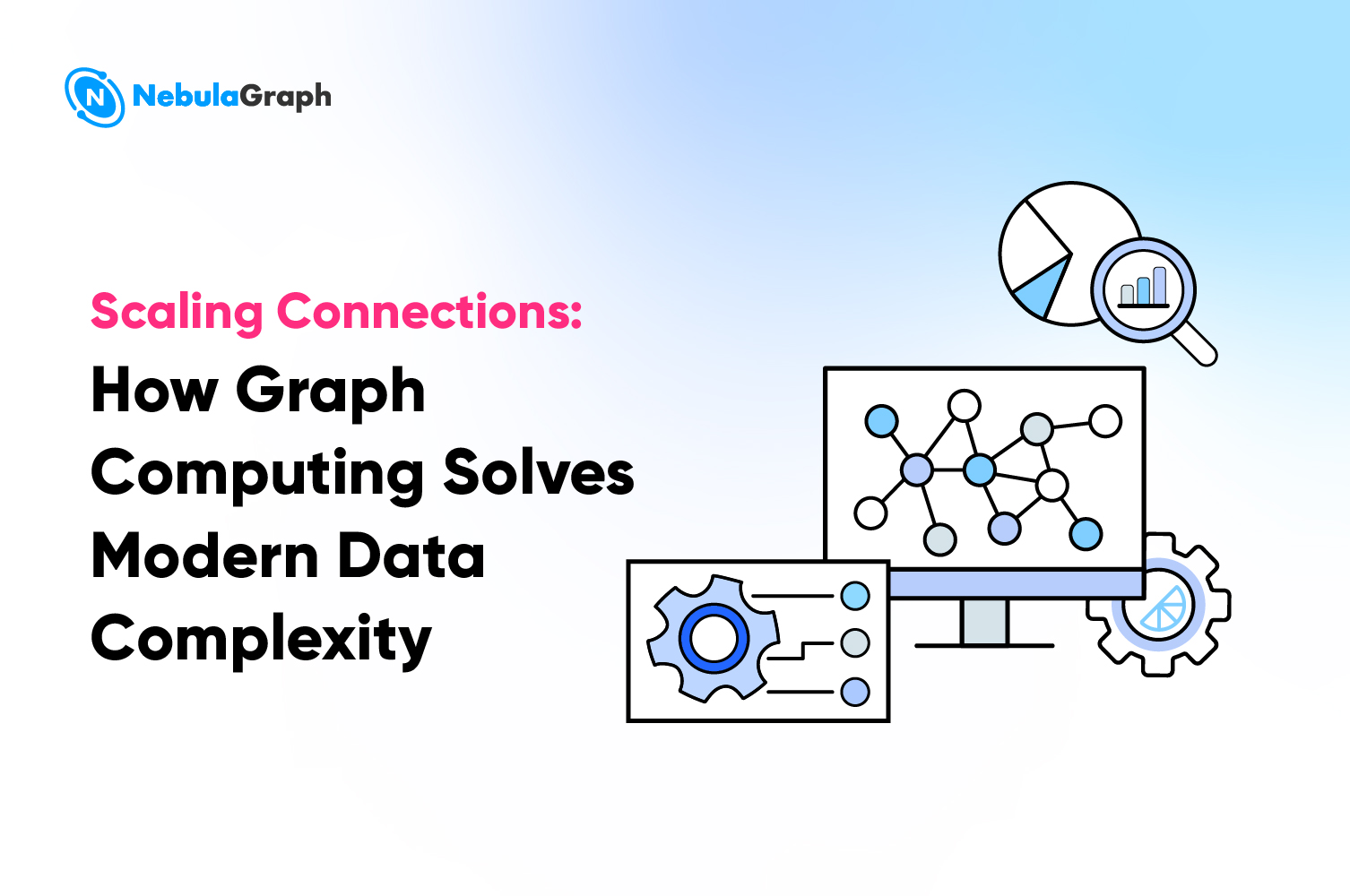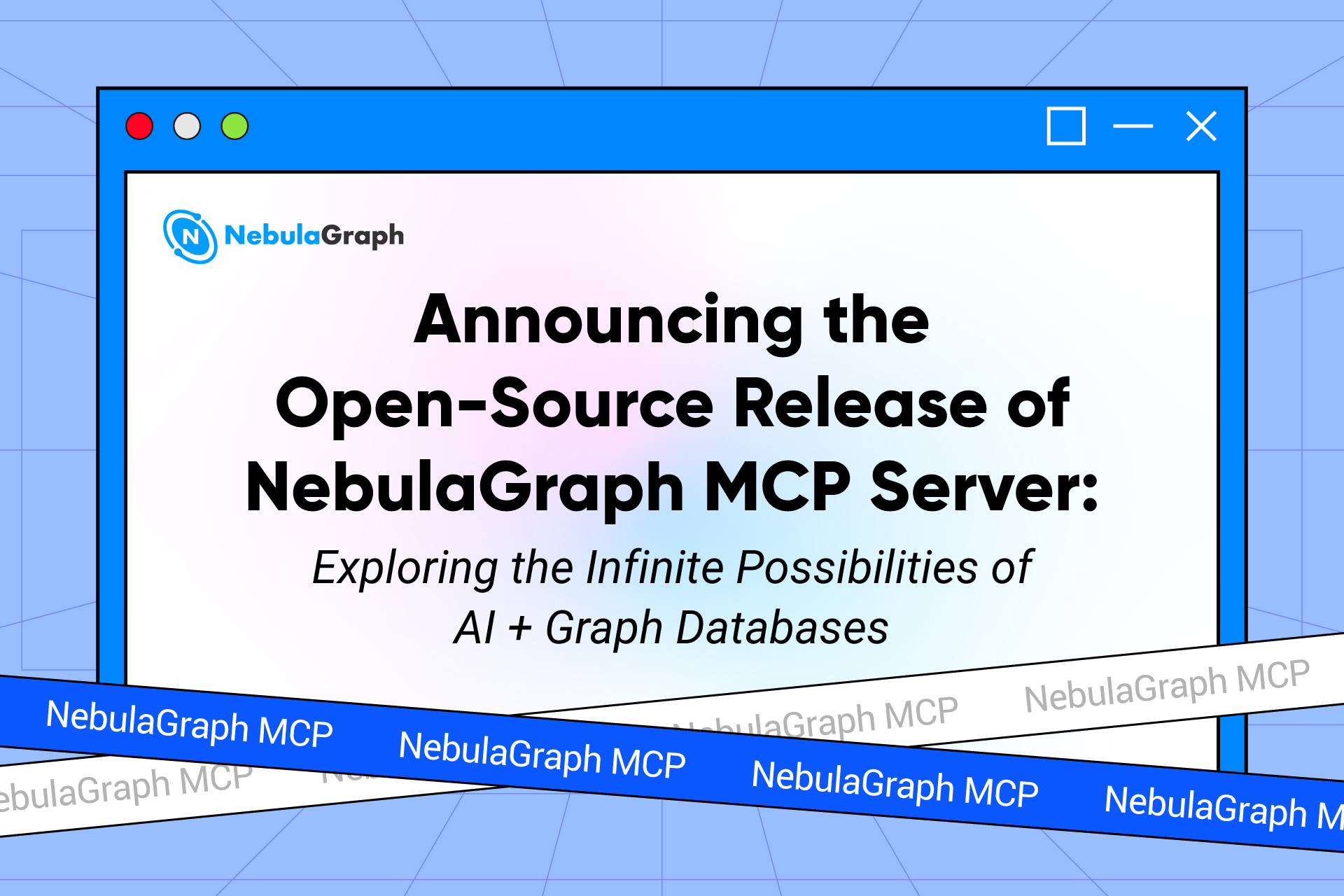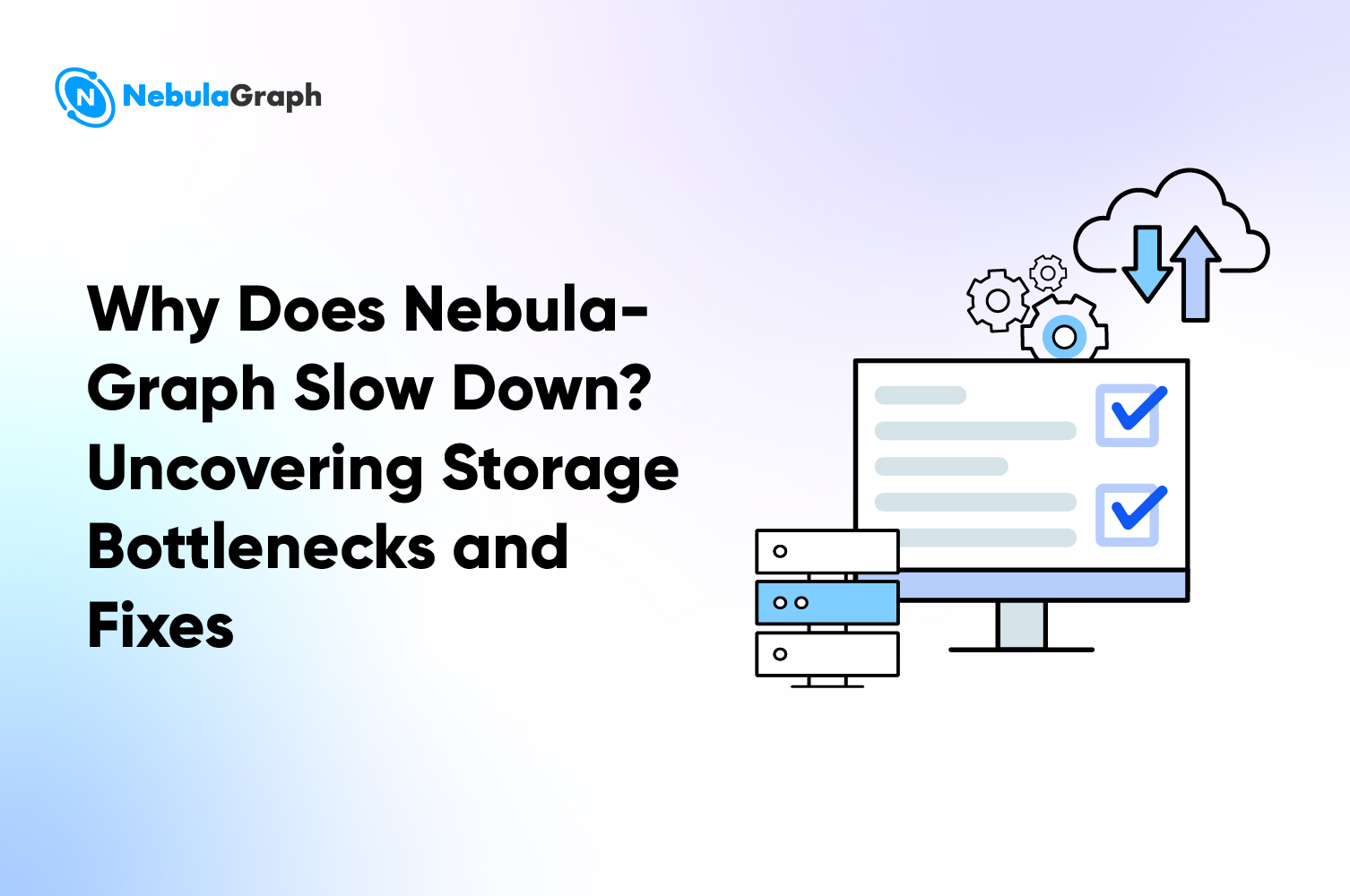LLM
Graph Databases: The Ultimate Tool for Enhancing AIGC Quality and Efficiency
The advent of AIGC has introduced a new paradigm in content creation, where AI systems generate a wide array of media types, from text to complex visual art. However, the complexity of relationships within data can be challenging for traditional databases. Graph databases offer a solution with their ability to model and navigate the intricate connections between data points, providing a powerful infrastructure for AIGC systems.
Graph Databases: A Catalyst for AIGC Innovation
Complex Relationship Management
Traditional relational databases excel in handling structured data but often fall short when dealing with complex relationships. Graph databases, however, are specifically designed to manage complex relationships between entities. They visually represent the connections and dependencies between data points in a graph form. In AIGC scenarios, this capability is particularly vital as it involves understanding and analyzing vast amounts of text and data. Graph databases can efficiently store and query relationships between entities, aiding AI systems in comprehending contextual information deeply and uncovering the underlying complex relationships within data.
Advanced Querying Capabilities
The advanced querying capabilities of graph databases, such as hybrid vector search and graph pattern matching, offer AIGC an unprecedented ability to retrieve and integrate information. The input for large models is no longer confined to a single document or sentence but can perform a leapfrog search across the entire knowledge graph, achieving cross-domain and cross-document associative queries. This "chain of thought" querying, made possible by the advanced querying features of graph databases, enables AI to mimic human thought processes, navigating flexibly between multiple knowledge points to generate comprehensive and accurate responses.
Enhancing Efficiency and Quality
The application of graph algorithms through graph databases can significantly speed up AIGC processes and improve the quality of content. Graph databases support the storage of vectorized graphs, allowing graph algorithms to operate on them and solve certain problems within AIGC. For instance, graph algorithms can capture entities and their relationships within a paragraph or summarize and categorize all entities and their relationships in a book. This capability enables graph-based AIGC systems to understand vast amounts of natural language text efficiently without the need for expert intervention. Moreover, graph algorithms can quickly locate relevant information nodes and their relationships, reducing unnecessary information processing steps and thus greatly enhancing the efficiency of content generation and the quality of AIGC.
Visualization of Reasoning Chains
The visual capabilities of graph databases provide an intuitive way to display the reasoning process of AIGC systems. Through graphical interfaces, users can clearly see every step and logical chain in the reasoning process. This visualization not only enhances the system's transparency and credibility but also helps users better understand the sources and basis of the generated content. In fields such as academic research and business decision-making, this visual reasoning chain is crucial for improving the accuracy and reliability of decision-making.
Real-world Applications of Graph Databases in AIGC
Intelligent Q&A Systems
With the support of graph databases, intelligent Q&A systems can not only perform information retrieval and reasoning through traditional knowledge graphs but also support vectorized knowledge graphs. This means the system can manage and retrieve vector data, integrating intelligent Q&A technology based on graph queries and graph calculations with advanced technology based on vector retrieval. This integration not only improves the accuracy and efficiency of Q&A but also significantly reduces additional data storage and management overhead, bringing a smoother and smarter experience to users. At the same time, with the aid of AIGC technology, the system can generate richer and more personalized content, further enhancing user experience and satisfaction.
News Media and Short Videos
The combination of graph databases and AIGC technology has shown great potential in the fields of internet news media and self-media short videos. By efficiently managing complex relational data through graph databases, AIGC technology can accurately analyze user behavior and automatically generate personalized content. In news recommendations, the combination of the two can quickly match user interests with news hotspots; in the field of short videos, it can achieve intelligent editing and distribution, enhancing user experience and platform efficiency. This integrated application is leading a new trend in the production and dissemination of internet content.
Content Creation Assistance
For content creators, graph databases provide immense value by integrating vast data resources from the internet into a comprehensive knowledge graph, facilitating tasks such as inspiration, material search, and content integration. Creators can use this graph for inspiration, material search, and content integration. The support of graph databases makes content creation more efficient, accurate, and creative.
Core Value of Graph Databases to AIGC
Enhancing Content Quality and Richness
Graph databases provide a comprehensive network of entity relationships as a knowledge base support for AIGC systems. This allows AIGC systems to fully consider the complex relationships and diverse connections between entities when generating content, resulting in content that is closer to reality, rich in depth and breadth. In addition, by combining the reasoning capabilities of large models, AIGC systems can also generate personalized content according to users' specific needs and preferences, further enhancing the richness and appeal of the content.
Reducing Generation Costs
Although the construction and maintenance costs of graph databases are relatively high, once they are built and integrated with AIGC systems, their efficient data processing and utilization capabilities will significantly reduce the costs associated with content generation. Since graph databases have the advantages of fully utilizing existing data resources, greatly reducing expert intervention, and improving the efficiency of new data collection and processing, the costs at multiple stages of content generation tasks will be significantly reduced. This is of great significance for enterprises and institutions that require a large output of content.
Improving the Accuracy and Interpretability of Reasoning
The graph model used in graph databases can help make the reasoning process clearer and traceable. When using graph databases as the basis for reasoning in AIGC systems, it can ensure that every step of the reasoning process has a clear logical basis and data support. This interpretability not only enhances users' trust in the generated content but also helps to identify potential problems and areas for improvement. At the same time, further improving the transparency and credibility of the reasoning process by visualizing the reasoning chain is also an important direction for future development.
Challenges and Future Prospects
Construction Costs and Technical Thresholds
Currently, the method of relying on experts to manually construct knowledge graphs is relatively costly and technically demanding, which limits the wider application of knowledge graphs. To reduce construction costs and improve usability, the market has begun to see the emergence of some automated construction tools and technical means, such as the automated AIGC approach we currently provide, which supports the low-cost and efficient construction of knowledge graphs. At the same time, strengthening cross-domain cooperation and exchange also helps to promote the popularization and expansion of the application range of graph database technology.
Data Quality and Updating Issues
Data quality is crucial for AIGC, and data cleaning is often costly, which is a major challenge faced by the industry. Based on graph databases, users can use graph pattern matching, association relationship analysis, and other means to effectively identify and handle erroneous or low-quality data. To ensure the completeness, accuracy, and timeliness of the data in the graph database, we can take various measures, such as introducing missing association relationship prediction technology and generation technology, anomaly detection technology based on graph algorithms and graph analysis, to timely capture and process new data source information; at the same time, strengthen the data verification and cleaning process to ensure the accuracy and integrity of the data; and establish an effective data sharing and collaboration mechanism to promote the integration and utilization of cross-domain data.
Industry Application Expansion and Standardization
As technology continues to mature and application scenarios expand, the integration of graph databases and AIGC will be applied in more industries and achieve significant results. To promote the healthy development and widespread application of this field, it is particularly important to establish unified standards and specifications to guide the research and development and application practices of technology. These standards and specifications can cover aspects such as data formats, interface protocols, and performance evaluation methods to ensure interoperability and compatibility between different systems and platforms. At the same time, standardization work can also promote technical exchange and cooperation across fields. The vector data management related functions in the database are being considered for inclusion in the future versions of SQL and GQL standards, and this topic is still actively discussed in the industry. This standardization process will undoubtedly help further collaboration and integration of AIGC and databases, thereby promoting the common progress and development of the entire industry.
Conclusion
As a solid foundation for AIGC, graph databases have demonstrated powerful capabilities in organizing, querying, and reasoning information, significantly enhancing the quality and efficiency of content generation. With ongoing technological advancements and expanding application scenarios, the application prospects of graph databases in the field of AIGC will undoubtedly be broader.
The Graph RAG proposed by NebulaGraph last year is undoubtedly a profound insight and positive response to this trend. If you’re interested in developing your AI products empowered by one of the leading graph databases, NebulaGraph, feel free to reach out.


